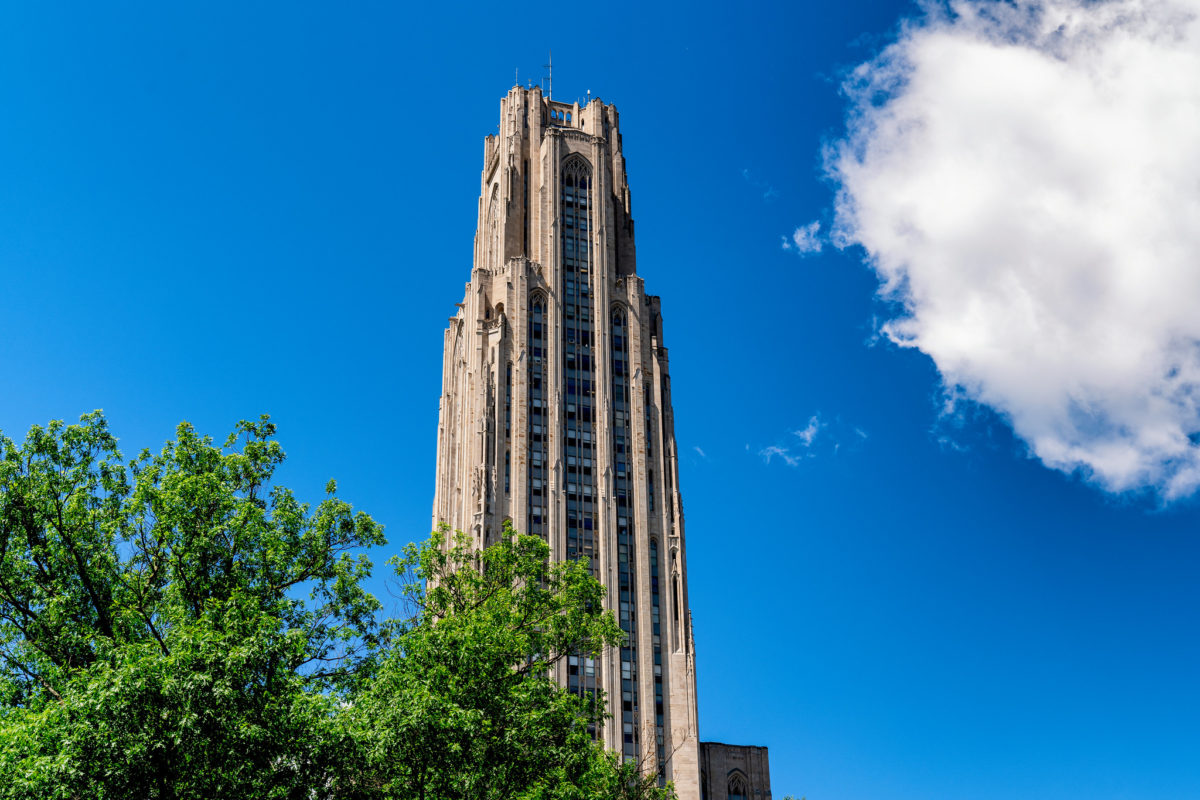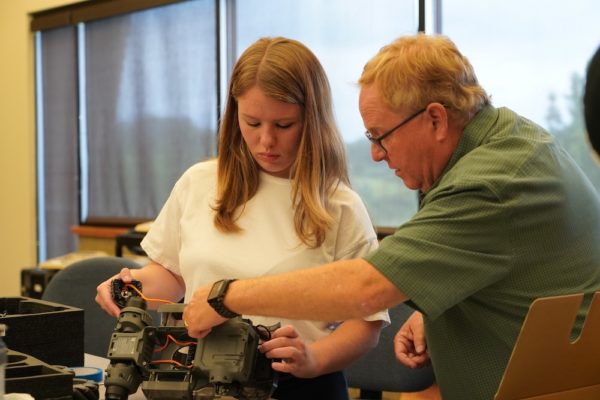In a new report, the nonprofit research organization RAND Corporation is inclined to agree with the region’s boosters. However, researchers cautioned that if the City of Bridges wants to better compete with other technology hubs, it needs to increase and diversify its technology workforce, and employ workers from the counties surrounding Pittsburgh proper to fill positions.
“Additional investments and changes to policy can safeguard Pittsburgh’s strengths and support the region as a flourishing science and technology hub,” said Melanie A. Zaber, the study’s lead author and an economist at RAND, in a statement.
The good news for tech companies and the people who want to work at them is that when RAND assessed the city’s technology and science workforce, it found that Pittsburgh has a higher rate of employment in that sector than other cities: A cool 18% of the city’s workforce works in STEM compared to the national average of 16%. (Worth noting, the Pittsburgh Tech Council’s 2022 State of the Industry report counted 24%.)
Additionally, the RAND report said, within Pittsburgh’s tech industry, health makes up 43% of jobs in the field, giving credence to civic leaders’ belief that the city is on the rise as a life sciences hub. And lower-cost housing remains a draw to science and technology workers.
In terms of funding, over the past decade Pittsburgh has received a total of $10 billion in investment in its universities and companies from entities such as the National Institutes of Health to the city’s own University of Pittsburgh Medical Center, per the report. In 2021 alone, Pittsburgh tech raked in $3.5 billion.

The Cathedral of Learning at the University of Pittsburgh. (Photo by Flickr user Tony Webster, used via a Creative Commons license)
But Pittsburgh needs more than low rents and funding if it wants to thrive. A potential problem in the future, should the number of tech jobs continue to grow: not enough candidates to fill them.
“A lack of in-migration to the region from both outside the state and outside the country, coupled with population losses, threatens the region’s future ability to supply a workforce for growing companies,” Zaber said.
Why the shortage? For one thing, the city’s population has been aging and declining, with not enough young people moving to Pittsburgh. Another factor is that if a person lived in a town or borough outside of city limits, transportation could be a barrier.
While gathering data for the report, researchers noted that local hiring managers said that they’d had some difficulty recruiting and retaining workers of color. The issue is twofold, according to the focus groups RAND spoke to while completing the study — there are both barriers to people of color entering the field and a lack of exposure to STEM possibilities prior to entering the workforce.
Between 2015 and 2019, the report said, the tech workforce did see some improvements in terms of diversity. But on a larger scale, studies have shown that from employment to health, Pittsburgh isn’t always livable for its Black residents. Majestic Lane, chief equity officer for the Allegheny Conference on Community Development, acknowledged as much and noted that sometimes tech is an equally unwelcoming space when he spoke to Technical.ly in 2021. He said then he thinks a primary goal should be to increase family-sustaining wages for Black residents — which could come in the form of tech roles.

Majestic Lane. (Courtesy photo)
“The ability for the community to be stabilized, the ability for people to create opportunities and jobs — these things all connect to this kind of conversation about economic mobility, which I think is going to be the conversation for our region,” Lane said. “And going forward, we need to think about how we’re creating these on-ramps for economic mobility and opportunity.”
A cause for hope, the report said, is that the city has invested in STEM education with a gaggle of after-school programs, free courses, workforce development initiatives, and educational programming that have been developed in recent years. The RAND Corporation recommends that to remain competitive, the Steel City needs to focus on reaching out to students when they’re here and trying to make Pittsburgh an attractive place to remain post graduation. (Pittsburgh Passport is working on that.)
“The region also needs a sufficient supply of students informed about, interested in, and capable of completing these programs,” the report said. “Regular collaboration between regional employers and educational providers can help ensure that programs are developed and refined to meet evolving skill needs, while a focus on reducing barriers to program access and completion, including cost, transit accessibility, and a need for wraparound services.”
It’ll take an “above all” strategy, InnovatePGH Executive Director Sean Luther told Technical.ly.
“We need to be nationally recognized as a welcoming and supportive market for BIPOC and female technologists to ensure our tech companies can attract the diverse workforces they need to compete and stay rooted in Western Pennsylvania,” said Luther, whose organization is using Build Back Better Regional Challenge funding to launch the Expanded Pathways to Entrepreneurship program focused on making the robotics field more inclusive. “AND, we need to rapidly increase support for existing and new tech-training/workforce development programs to intentionally connect marginalized communities locally with tech jobs at Pittsburgh companies. AND, we need to make targeted investments in early-education and K-12 STEM systems to remove barriers for the next generation of Pittsburghers now.
“Many organizations are making great strides in each of these priority areas. InnovatePGH’s strategy is to leverage the RAND Study to ensure that individual programs — funded by decades of investment, and powered by powerful grassroots leaders across the region — expand into collective impact to the broader benefit of the region.”
###
The report, titled “Assessing Pittsburgh’s Science- and Technology-Focused Workforce Ecosystem,” was supported by Richard King Mellon Foundation, the Heinz Endowments, the Henry L. Hillman Foundation and the Claude Worthington Benedum Foundation.
Download the reportDo you agree with the RAND Corporation’s recommendations and assessment? What do you think the city government and tech leaders could do to draw more tech workers to the city? And how do we keep people in Pittsburgh if they’re already working or studying here? Your thoughts are always welcome: pittsburgh@technical.ly.
Atiya Irvin-Mitchell is a 2022-2024 corps member for Report for America, an initiative of The Groundtruth Project that pairs young journalists with local newsrooms. This position is supported by the Heinz Endowments.Join the conversation!
Find news, events, jobs and people who share your interests on Technical.ly's open community Slack





